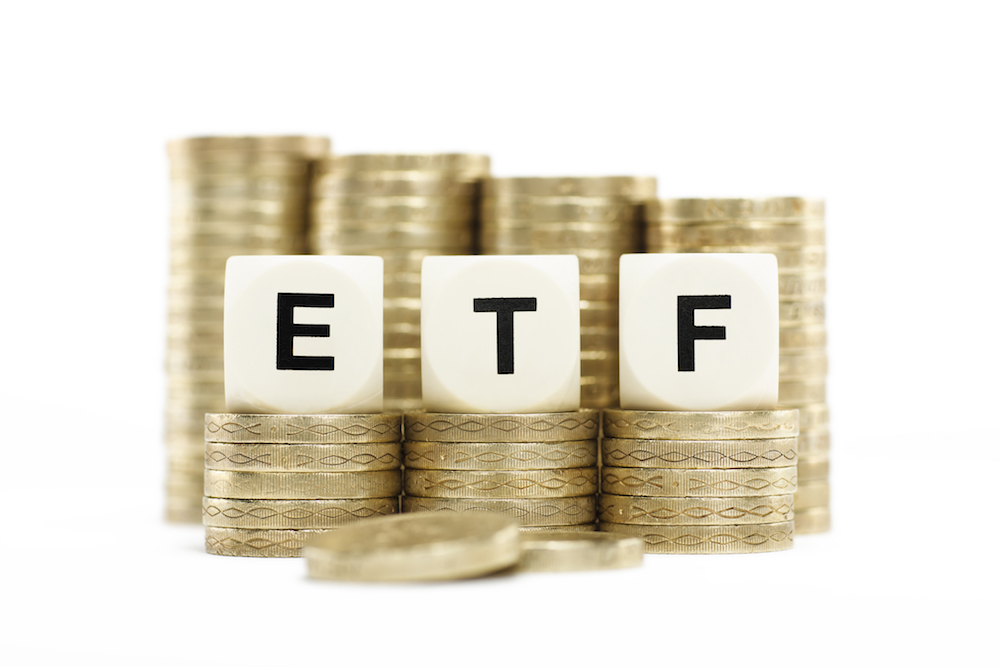 The method of shorting the market is essentially betting that the market will fall based on the information observed through the trading strategies each trader has set up for themselves. This is achieved with a short position on individual stocks. However, this method can be extremely risky. An alternative is to use exchange-traded funds (ETFs) that allow you to short a segment of the market rather than the individual stocks, because of the fact that the market is made up of specific segments.
The method of shorting the market is essentially betting that the market will fall based on the information observed through the trading strategies each trader has set up for themselves. This is achieved with a short position on individual stocks. However, this method can be extremely risky. An alternative is to use exchange-traded funds (ETFs) that allow you to short a segment of the market rather than the individual stocks, because of the fact that the market is made up of specific segments.
ETFs that take long equity positions pose less risk, while inverse ETFs carry more risks and should only be used as a temporary strategy. It is also essential not to allow greed to rule your decisions after successfully shorting a market and you are offered profits, because a market can easily rebound once the word is out. The best way to decide which market is worth shorting is to watch the daily ETF volumes and choose one where the daily average is rising, as it can reflect weaknesses in that segment.
The following four ETFs have been chosen because they are examples of choices with a higher chance of making a downturn and are each focused on a specific market segment. Because some of these funds are new, they may have a lower average volume, lower year-to-date yield results and the expense ratios may be lower.
Direxion Daily CSI 300 China A Share Bear 1X ETF (CHAD):
This ETF can be used to short the CSI 300 Index in the event China’s economy and market will fall, as it shorts the largest stocks in the Chinese CFD trading market.
Direxion Daily Total Bond Market Bear X1 ETF (SAGG)
In response to the suggestion that the Fed will continuously raise its interest rates, which threatens bond prices, you could short the Barclays Capital US Aggregate Bond Index with this fund. It is vital, however, to be aware that the low volume could cause liquidity.
ProShares Trust – ProShares Short S&P 500 (SH)
Large-cap US stock markets have their performance measured by S&P 500. It takes short positions in the index and creates broader shorting methods on the whole US stock market.
ProShares UltraShort S&P 500 (SDS)
This fund is also large-cap focused like the ProShares Short S&P 500 and aims to earn double what the S&P 500 loses. However, unlike the fund above, it is far riskier because it makes use of derivatives. It is therefore not a wise option for investors looking for a long-term position, but rather those betting on the market being negative.
ETFs can be a wise choice for investors looking to short the market, as they pose less risk than shorting individual stocks would. The key to successful shorting lies in spotting the weaknesses in the market and not necessarily the weaknesses of the companies themselves. An added benefit is that your overall risk will be spread thinner because you will be betting on shorting multiple market segments instead of just one.